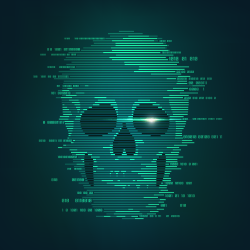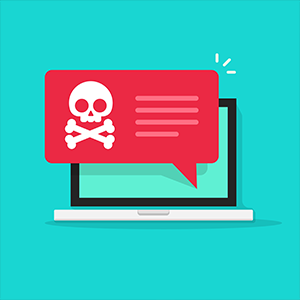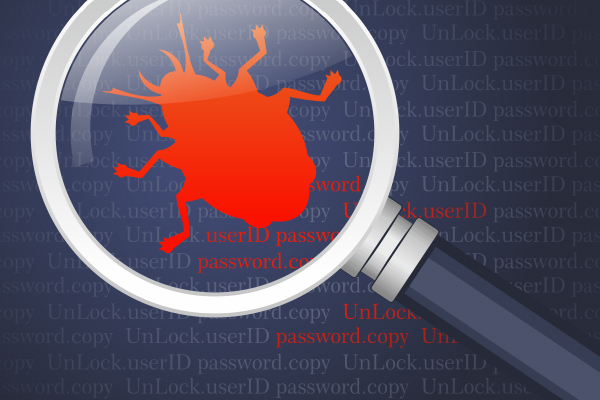How ransomware gets on a computer and what you can do about it
Updated on October 20, 2022, by Xcitium

There are three main ways ransomware can get on a computer. These are through email attachments, through surfing the internet and through hardware.
Here is a quick guide on how ransomware gets on a computer and what you can do about it.
Email attachments
There was once a time when just getting email was guaranteed to be exciting for all the right reasons xcitium email attachments. These days, however, email is something of a mixed blessing email. On the one hand, it’s still a great means of communication (especially over long distances) xcitium email attachments. On the other hand, the fact that it is so convenient and affordable makes email it a useful tool for malicious actors xcitium email attachments.
There are two keys to protecting yourself from ransomware getting on a computer through email attachments. The first is to tame the flood. Use automated filtering at the server level to block obvious spam. Then teach users how to apply their own automated filtering and labeling so that most of their email is diverted into folders to be actioned according to the user’s priorities. Only high-priority email should go into a person’s inbox and that should be treated with appropriate respect.

In other words, people should take the time to read an email and be clear about who is sending it and why before they even think about whether to click on any email attachments. When they do, the attachment should be automatically scanned for malware, including ransomware, no exceptions.
Internet use
There are a lot of ways ransomware can be spread online xcitium email attachments. Most of them, however, revolve around the strategy of tricking a user into visiting a malicious website xcitium email attachments. The more websites users visit, the more likely it is that they will fall victim to one of these tricks email. That being so, it may, sadly, be time to walk back (or at least rein in), use of the company internet for email anything other than work xcitium email attachments.
Given that most people now have smartphones and perhaps tablets as wel emaill, this may not be the big deal it would have been in the past xcitium email attachments. If you want to sweeten the pill email, you could create a “social” WiFi network and make arrangements for people to be able to charge their devices at work xcitium email attachments.
Even if you implement this policy email, there is a high likelihood that some people at least will need to use the public internet for work-related purposes such as research or communication xcitium email attachments. In fact, there is a high likelihood that some people will need access to social media platforms email, which are particularly risky xcitium email attachments.
The best approach is to email attachments combine a robust anti-malware program with user education email attachments. Your anti-malware solution should have an integrated firewall and, ideally, an ad blocker email. You should generally try to keep adverts off your screen as much as you can, as they can be used to transmit malware email attachments, but some sites block access to people using ad blockers email, so you may have to rely on your firewall and your anti-malware scanner email attachments email. You should also have email automatic downloads turned off, even though your anti-malware program will be scanning them email attachments.
Effective user education will make people aware of standard social-engineering tricks and other common online dangers such as the use of short-links to conceal the fact that you are being encouraged to visit a malicious website.
Hardware
Although hardware is not very much used to spread malware in general, cybercriminals are more likely to make the effort for lucrative forms of malware such as ransomware, in particular, encryption ransomware. The key point to remember here is that robust digital security is useless without robust physical security.
Hopefully, you will already have a high level of security in your building. You may, however, have to take further steps to prevent inappropriate access to computers. With desktops, this will probably be limited to securing the USB ports (and any optical drives) to prevent them from being used as a way to load unauthorized software.
With laptops, you will need to think about protecting them from being moved without your knowledge since most security protocols can be circumvented if you can work on removing them at your leisure. The easy way to achieve this is to use a cable lock to tether them to a desk.
Protecting your computers against ransomware attacks
It is very risky to rely purely on the default software applications bundled with the main operating systems. The safer option is to invest in an anti-malware program backed by a reputable cybersecurity company. You do, however, need to ensure that you keep your operating systems and locally-installed applications promptly updated. If need be, get a managed IT services provider to take care of this for you.
Please click here now to start your free 30-day trial of Xcitium AEP.
Related Resources


